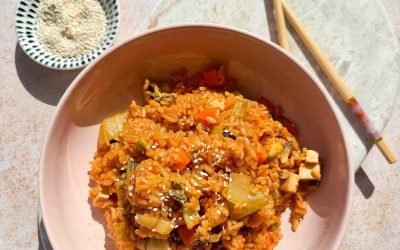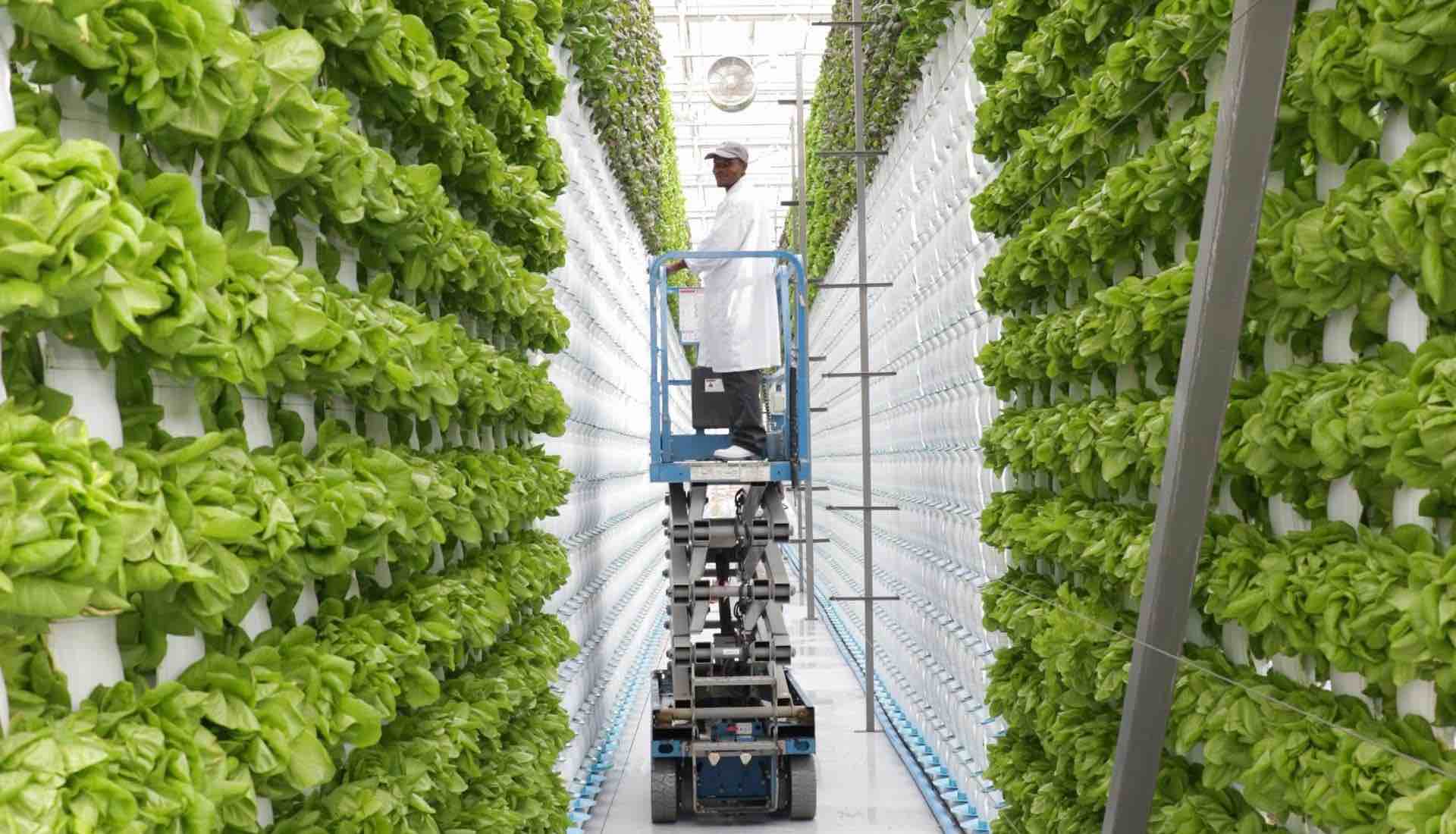RICE COOKED FRIED RICE & GREENSBy Director - Josh Ball · Last updated Friday, 10th May 2024 · 3 min readCheck out all of our posts!<< Back to blog

MANDARIN & POPPY SEED UPSIDE DOWN CAKE
Mandarin And Poppy Seed Upside Down Cake
By Director – Josh Ball · · 2 min read

Mandarin and poppy seed upside down cake
Ingredients
Topping
- 1 tbsp granulated sugar (I used monkfruit brown sugar replacement)
- 5 mandarins, segmented
Cake
- 1 1/2 cups oat flour
- 1/2 cup almond meal
- 1 cup granulated sugar (I used monkfruit brown sugar replacement)
- 2 tsp baking powder
- Pinch of salt
- 1/4 cup mandarin juice (2 mandarins, juiced)
- 1 cup soy milk
- 1/3 coconut oil
- 2 tsp vanilla extract
- 1 tbsp apple cider vinegar
- 2 1/2 tbsp poppy seeds
Instructions
- Preheat oven to 180C and line a springform cake tin with baking paper.
- Sprinkle sugar at the base and arrange mandarin segments in a spiral. Slice any large segments in half.
- In a large bowl, combine flour, almond meal, sugar, baking powder and salt, then add mandarin juice, milk, oil, vanilla and vinegar. Mix until there are no lumps, then add poppyseeds and stir.
- Pour batter into tin and bake for 50-60 minutes or until a skewer comes out clean.
- Allow cake to cool in the tin, then remove, flip over cake so the mandarin spiral is on top and peel off baking paper.
Check out all of our posts!
RICE COOKED FRIED RICE & GREENS
BANANA, APPLE AND CARROT LOAF
BANANA, APPLE AND CARROT LOAFBy Director - Josh Ball · Last updated Friday, 3rd May 2024 · 3 min readCheck out all of our posts!<< Back to blog
POMEGRANATE AND HALLOUMI
POMEGRANATE AND HALLOUMIBy Director - Josh Ball · Last updated Friday, 12 April 2024 · 3 min readCheck out all of our posts!<< Back to blog














